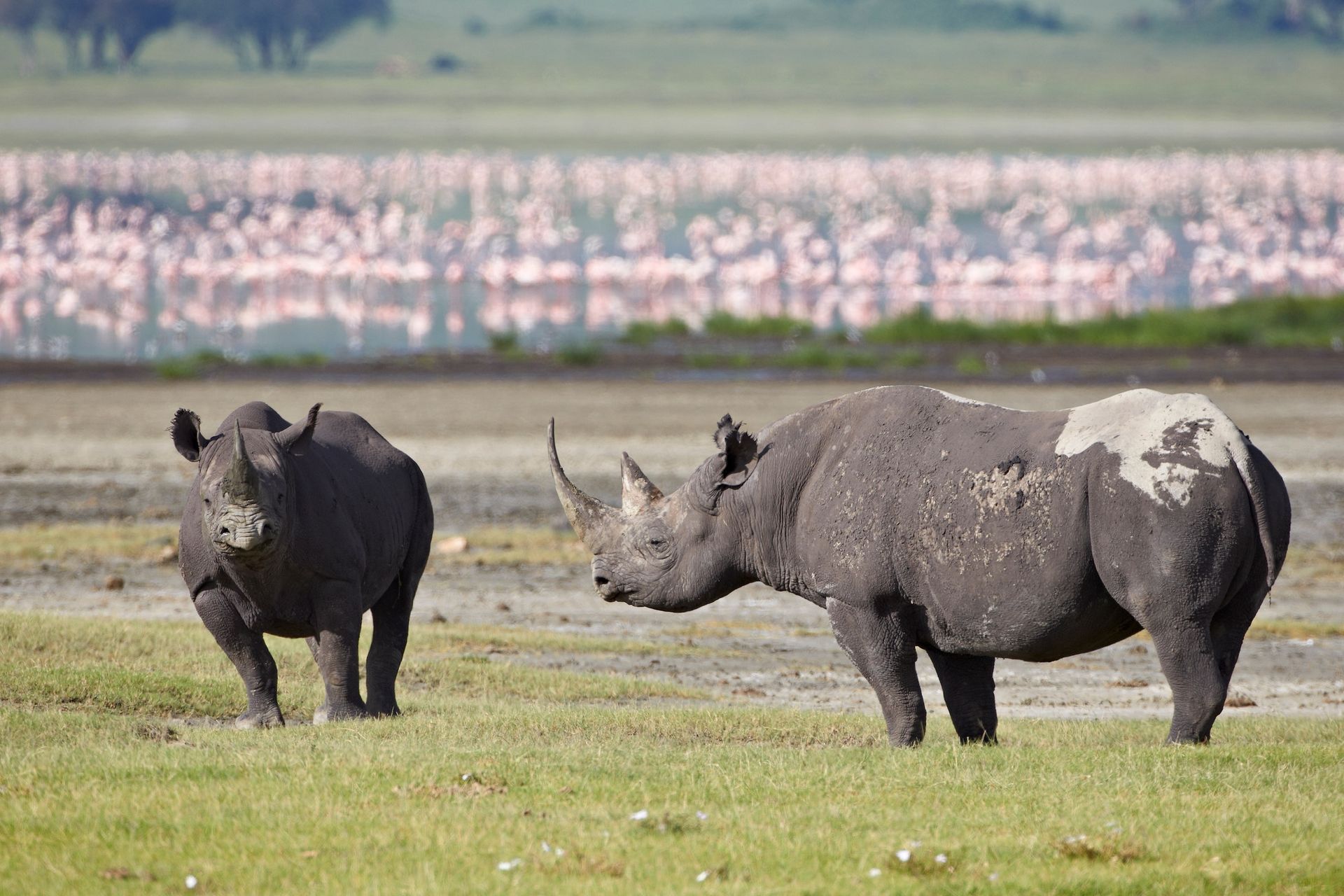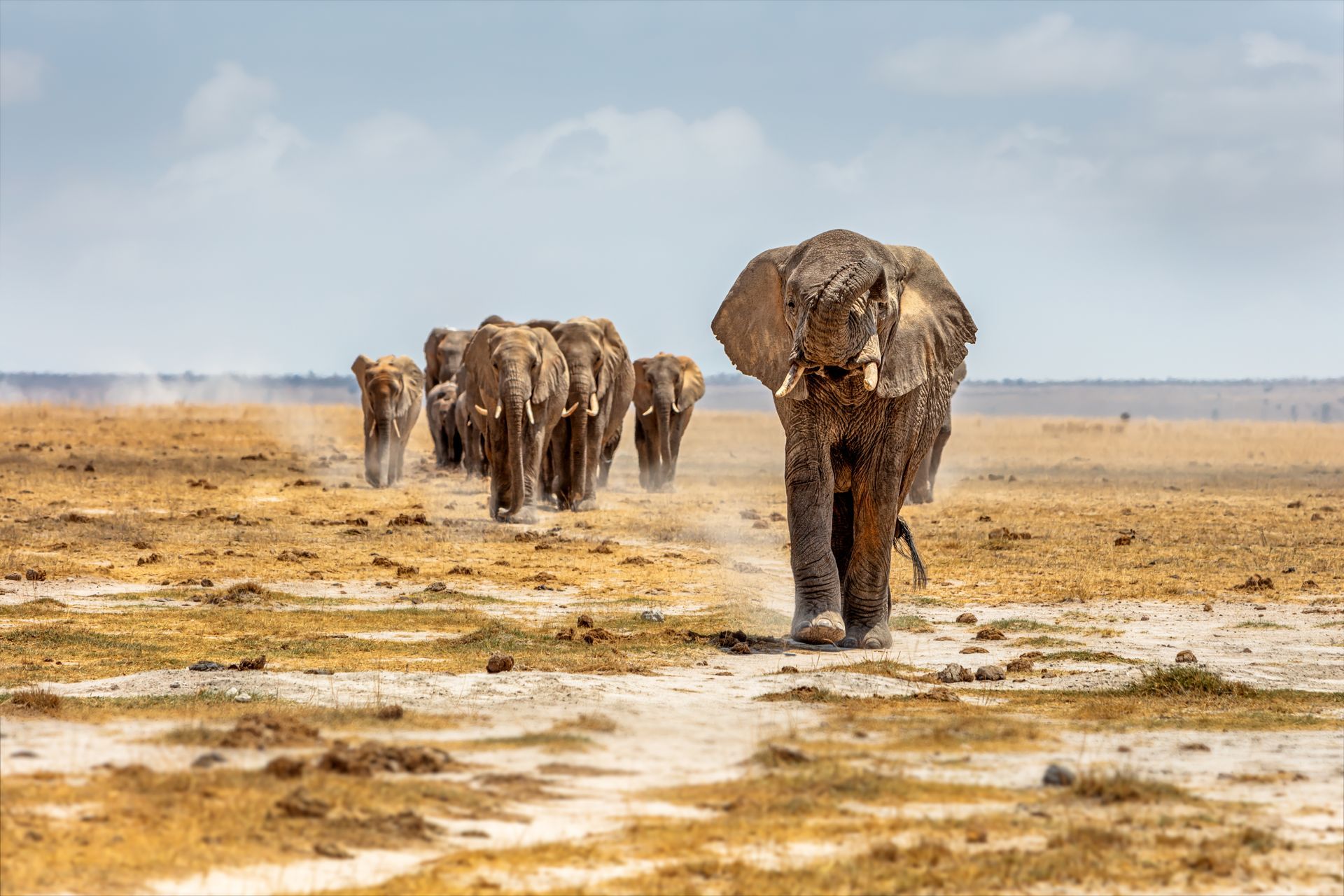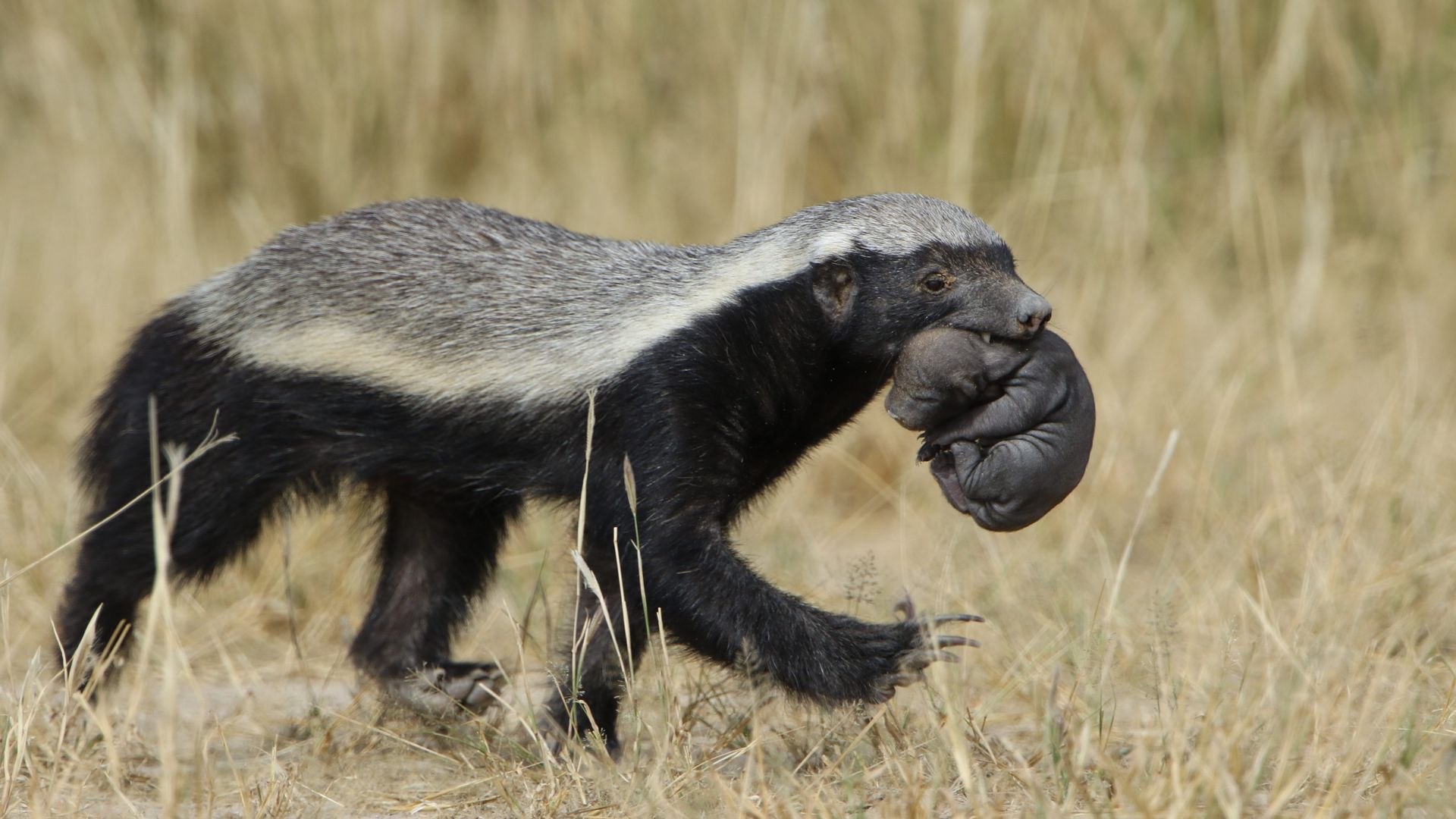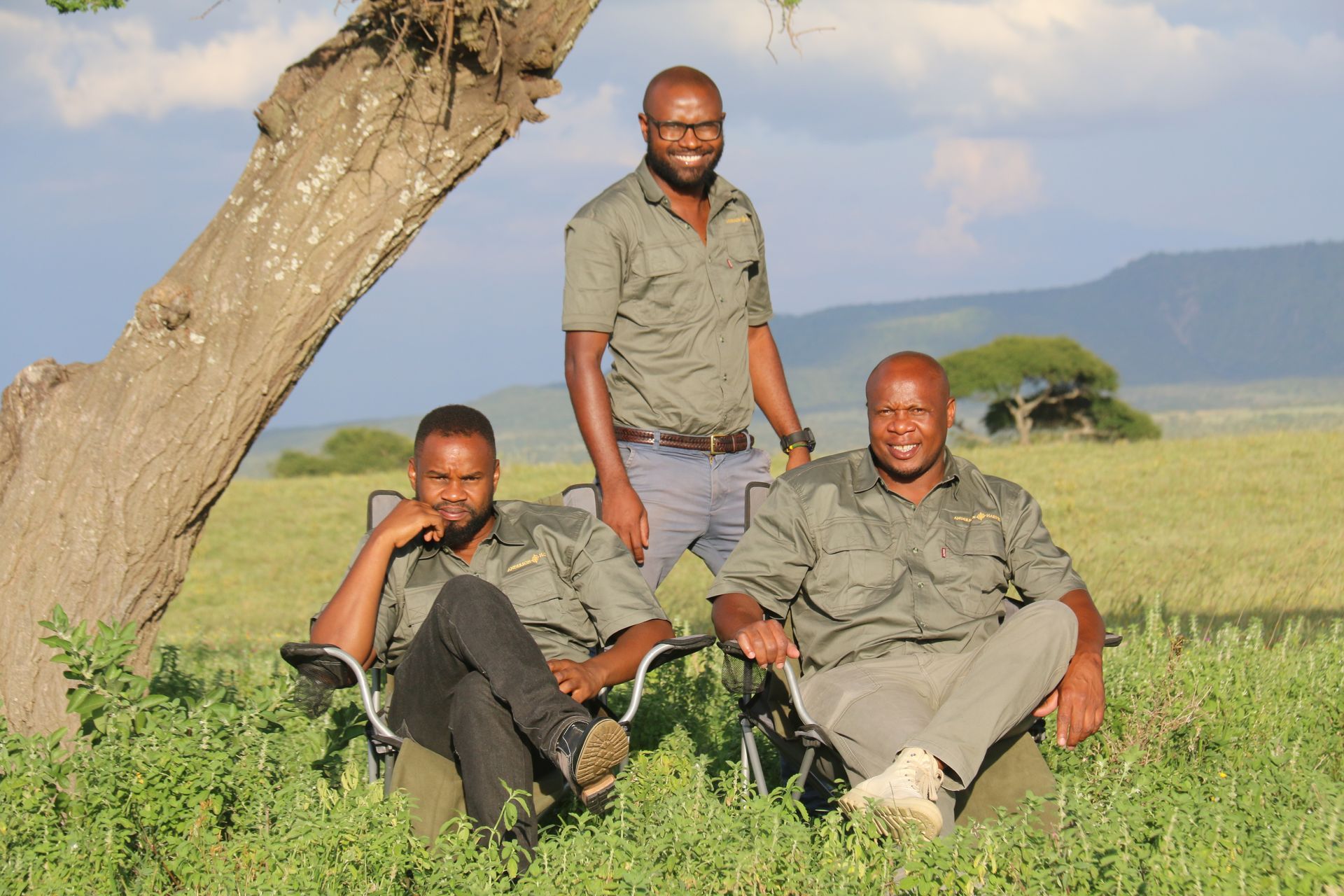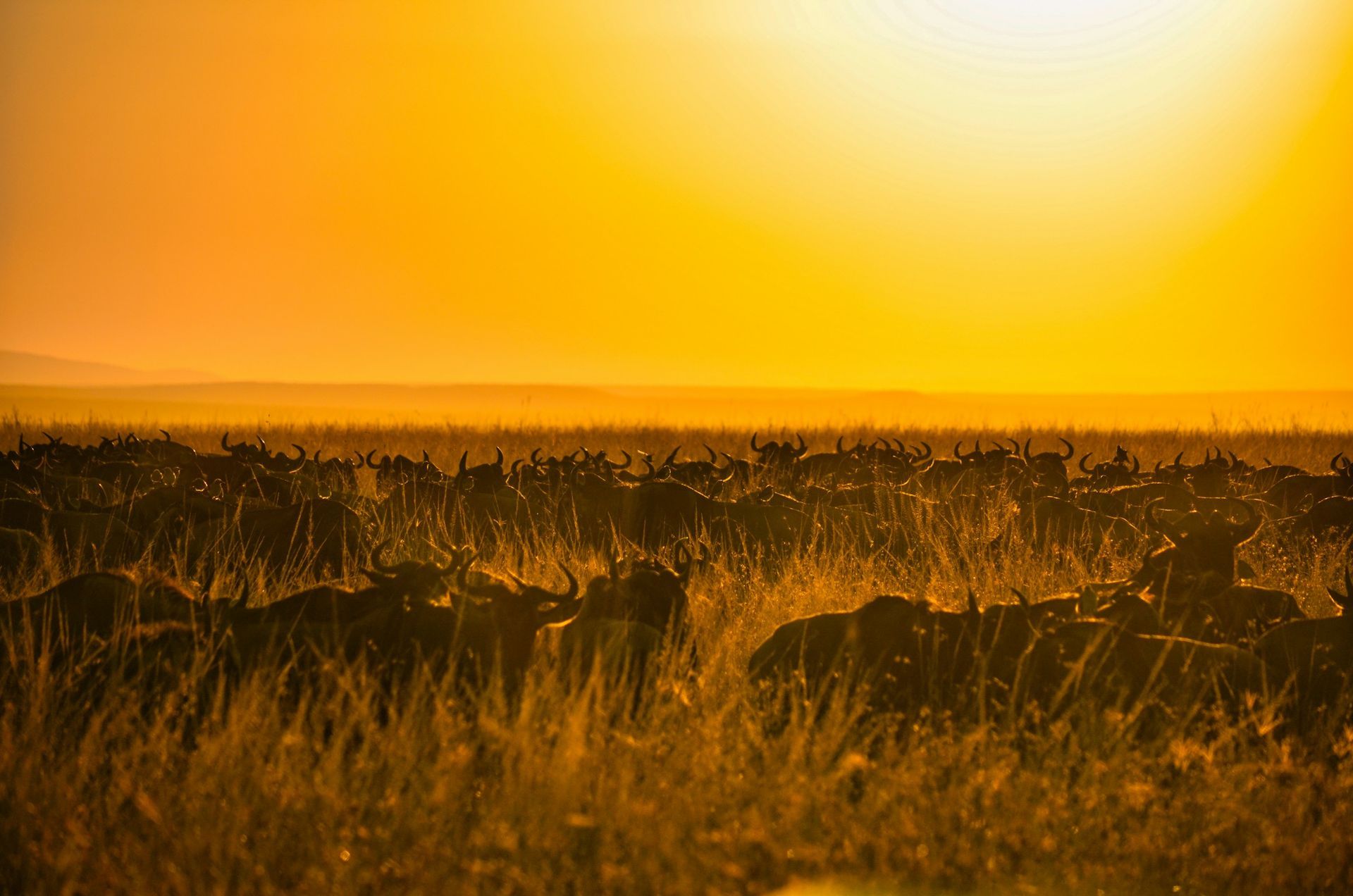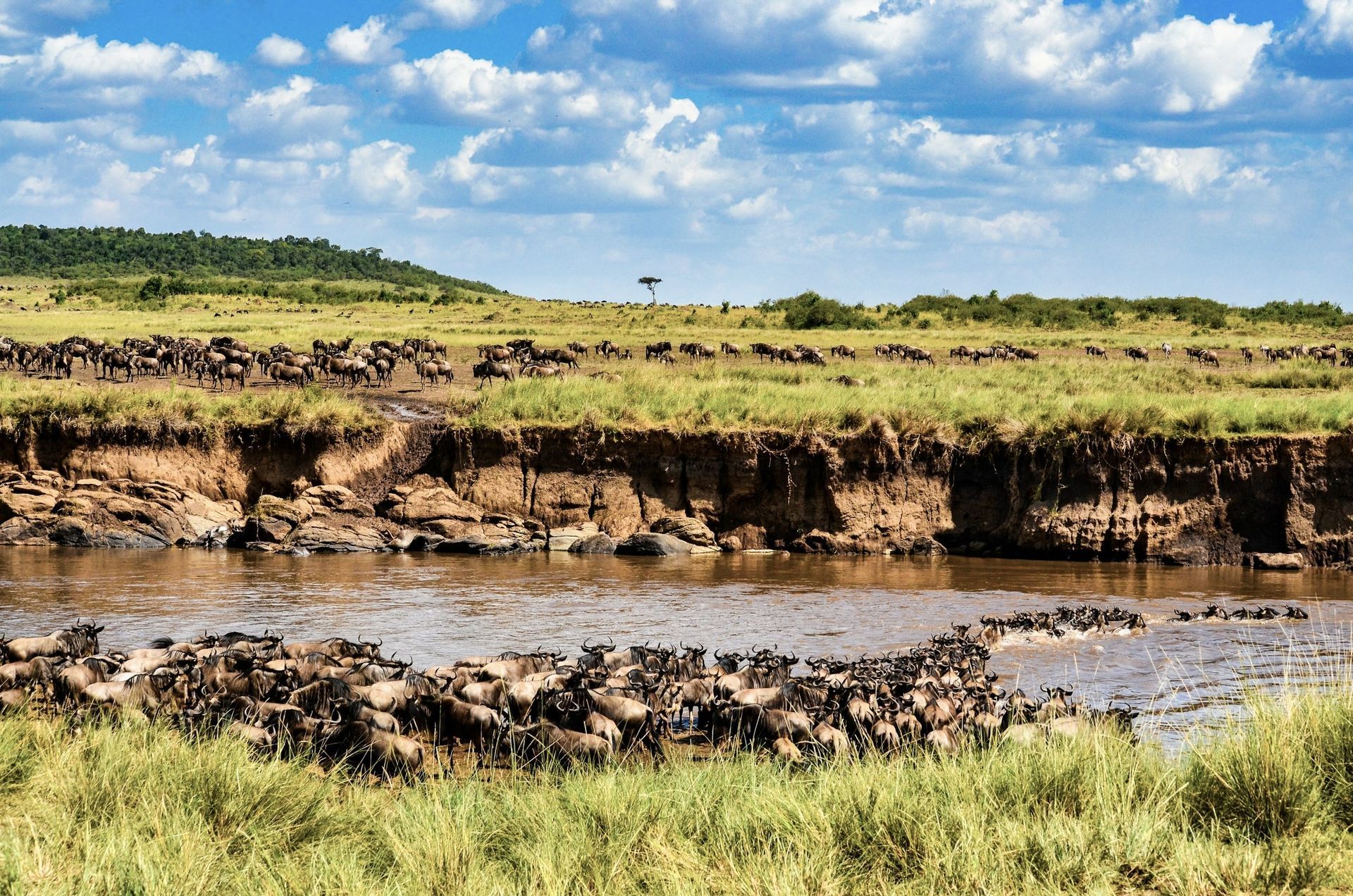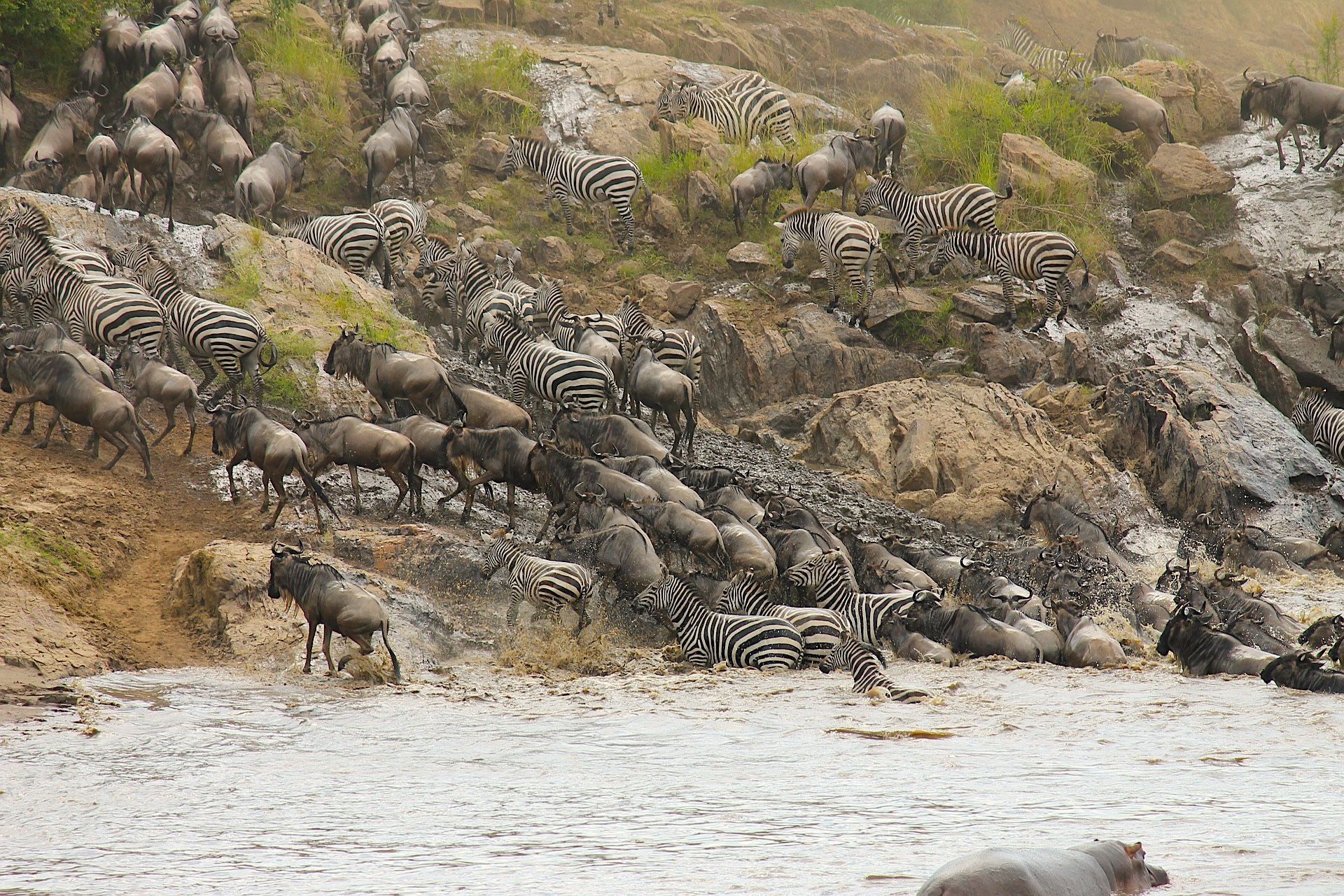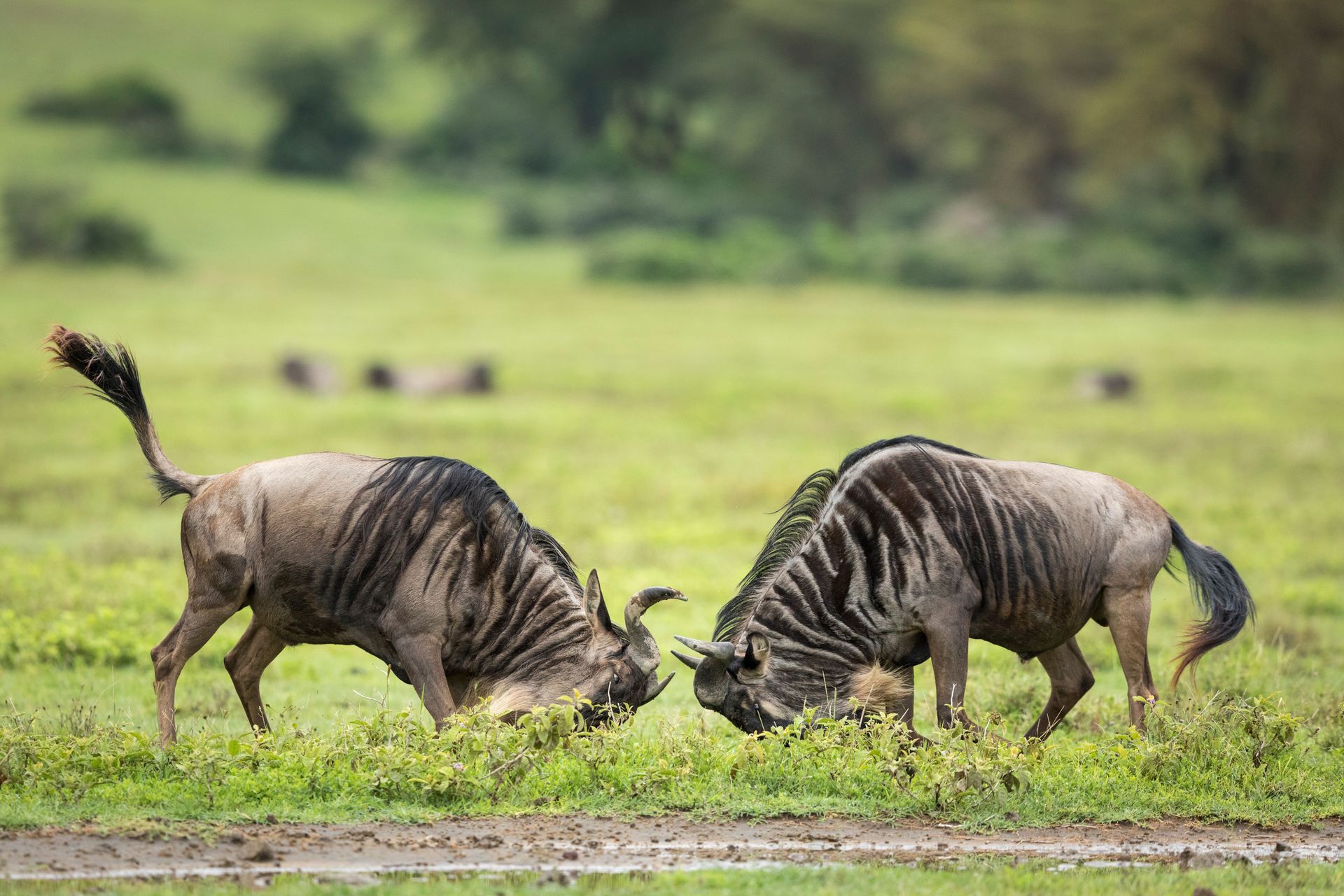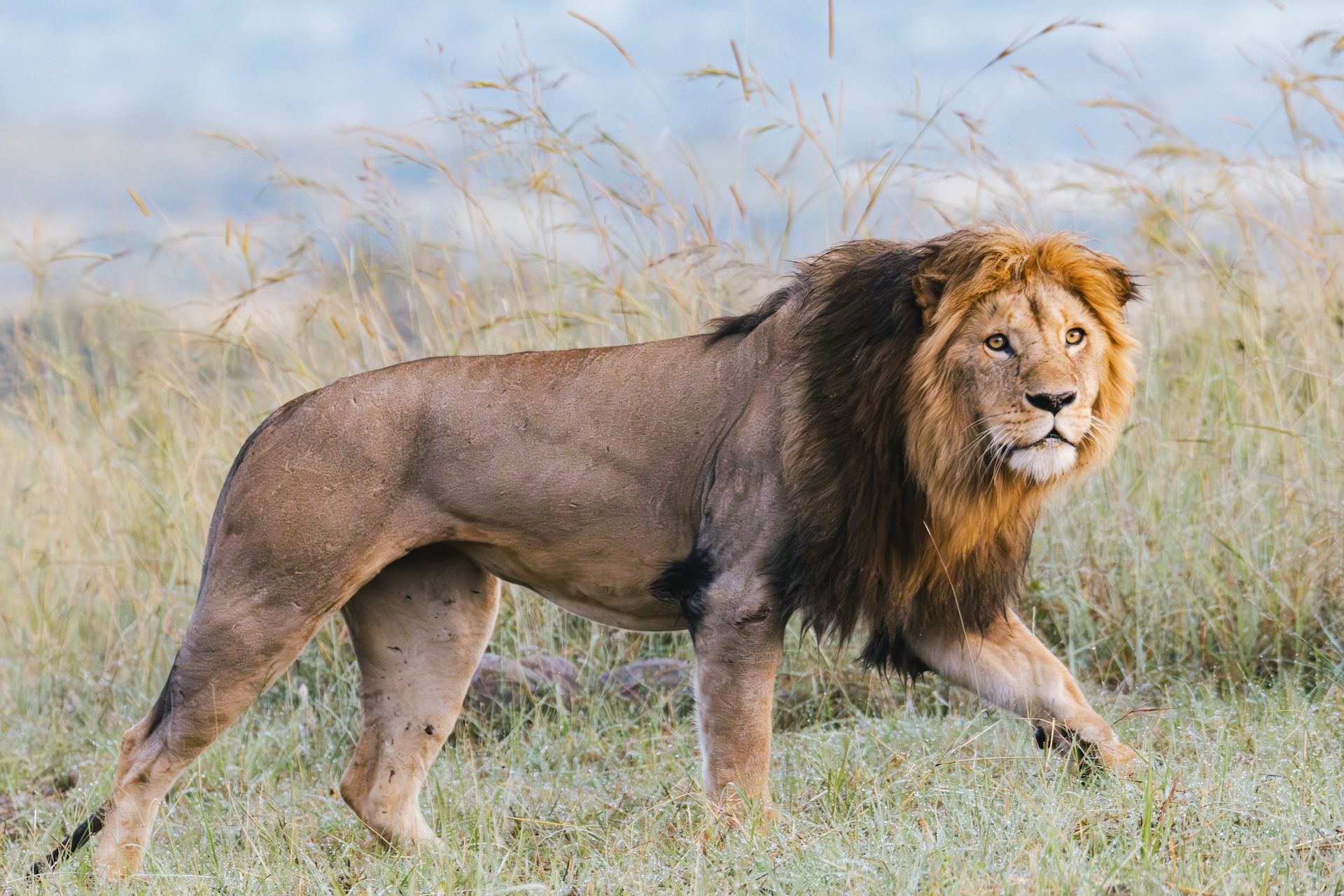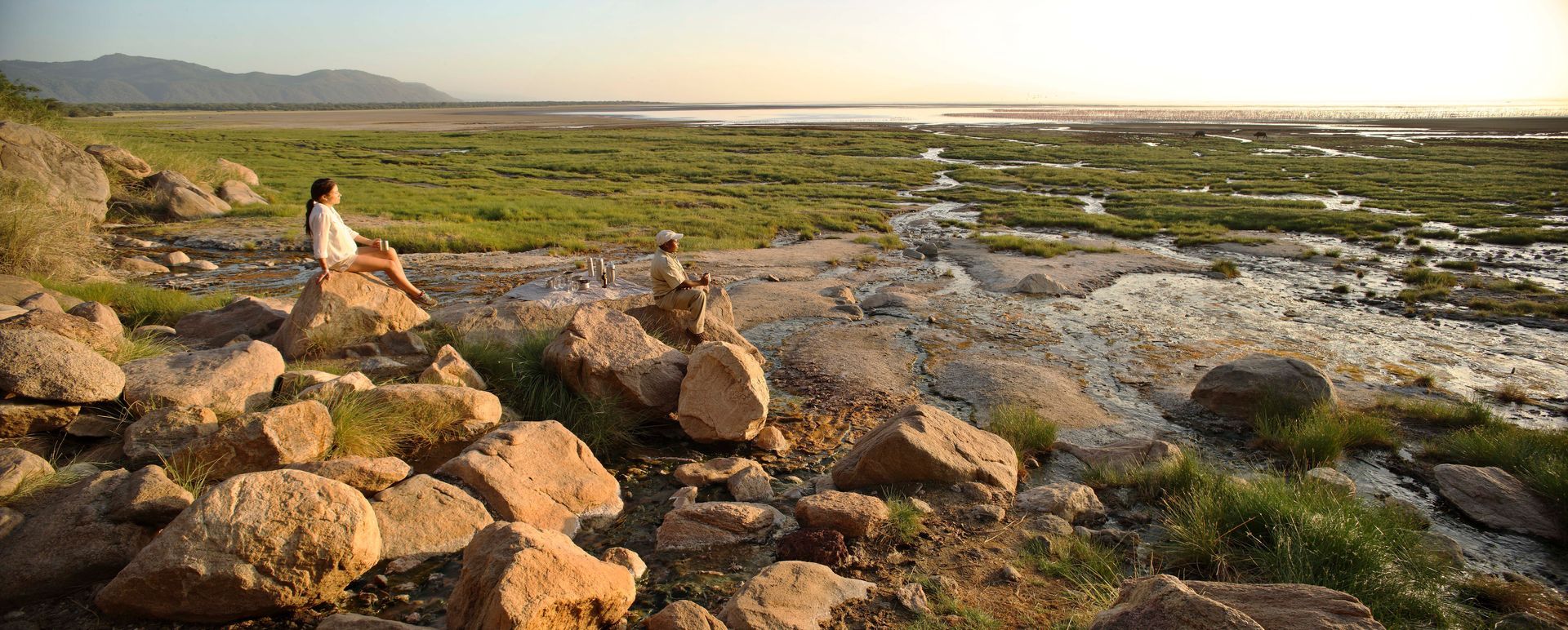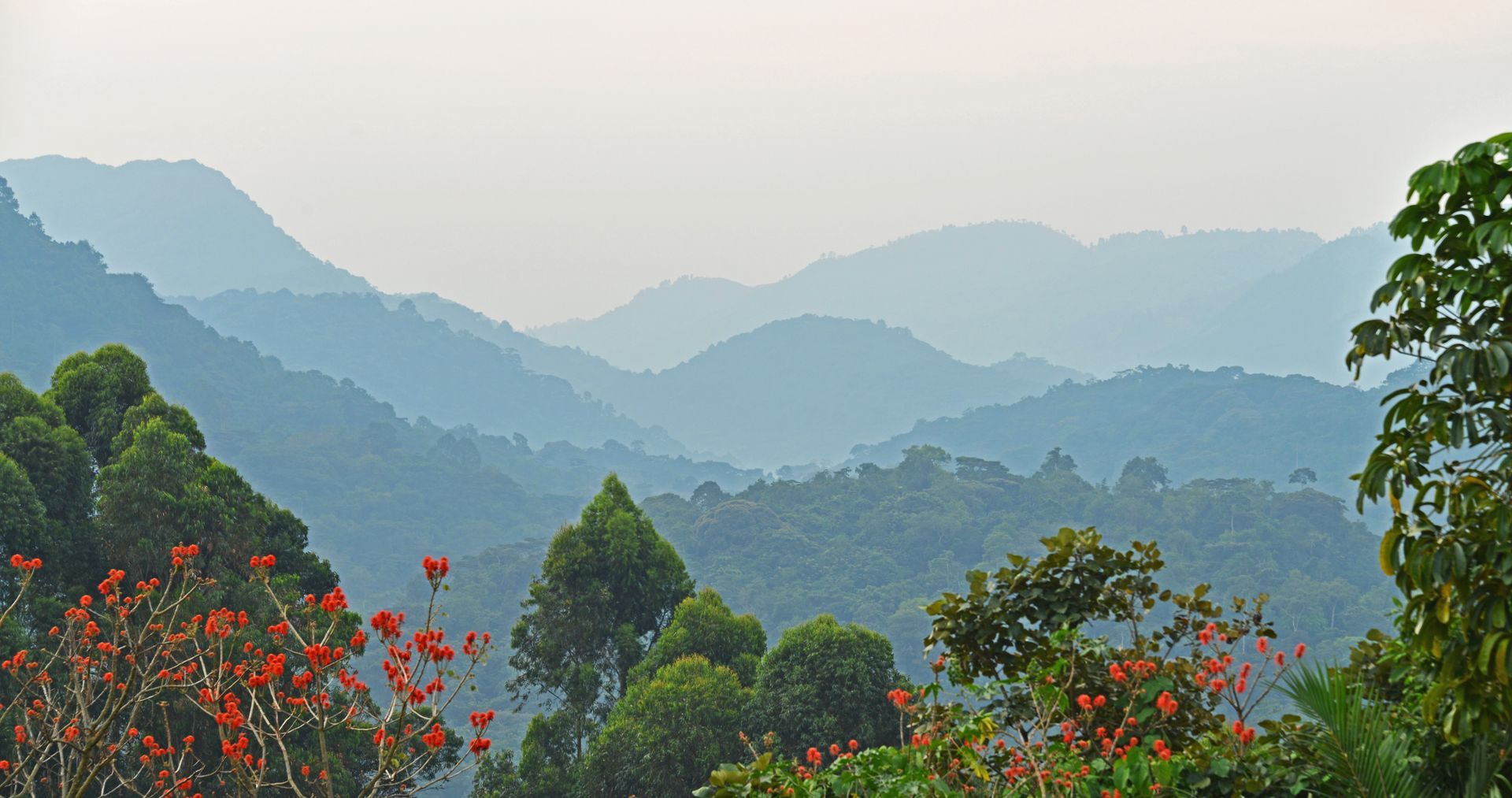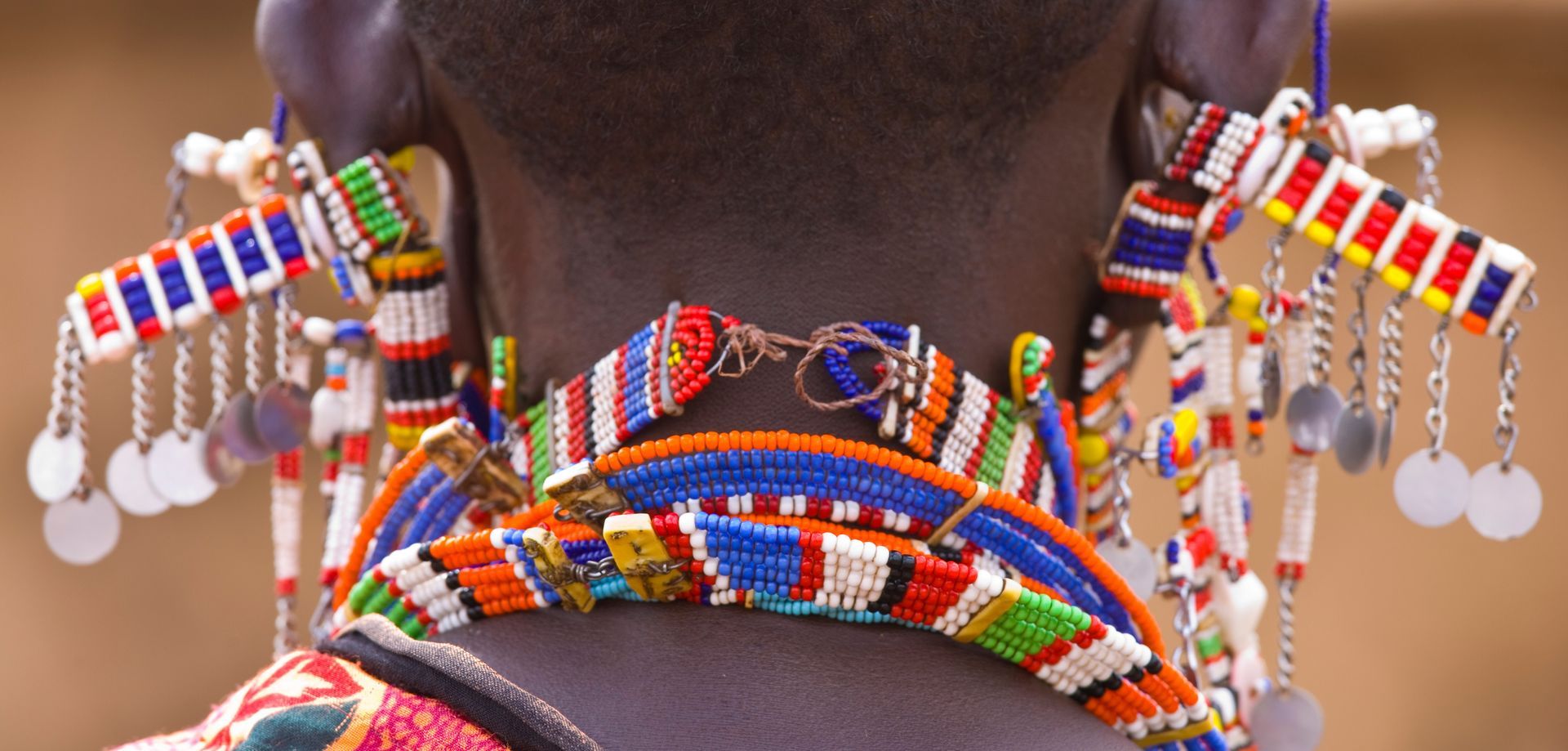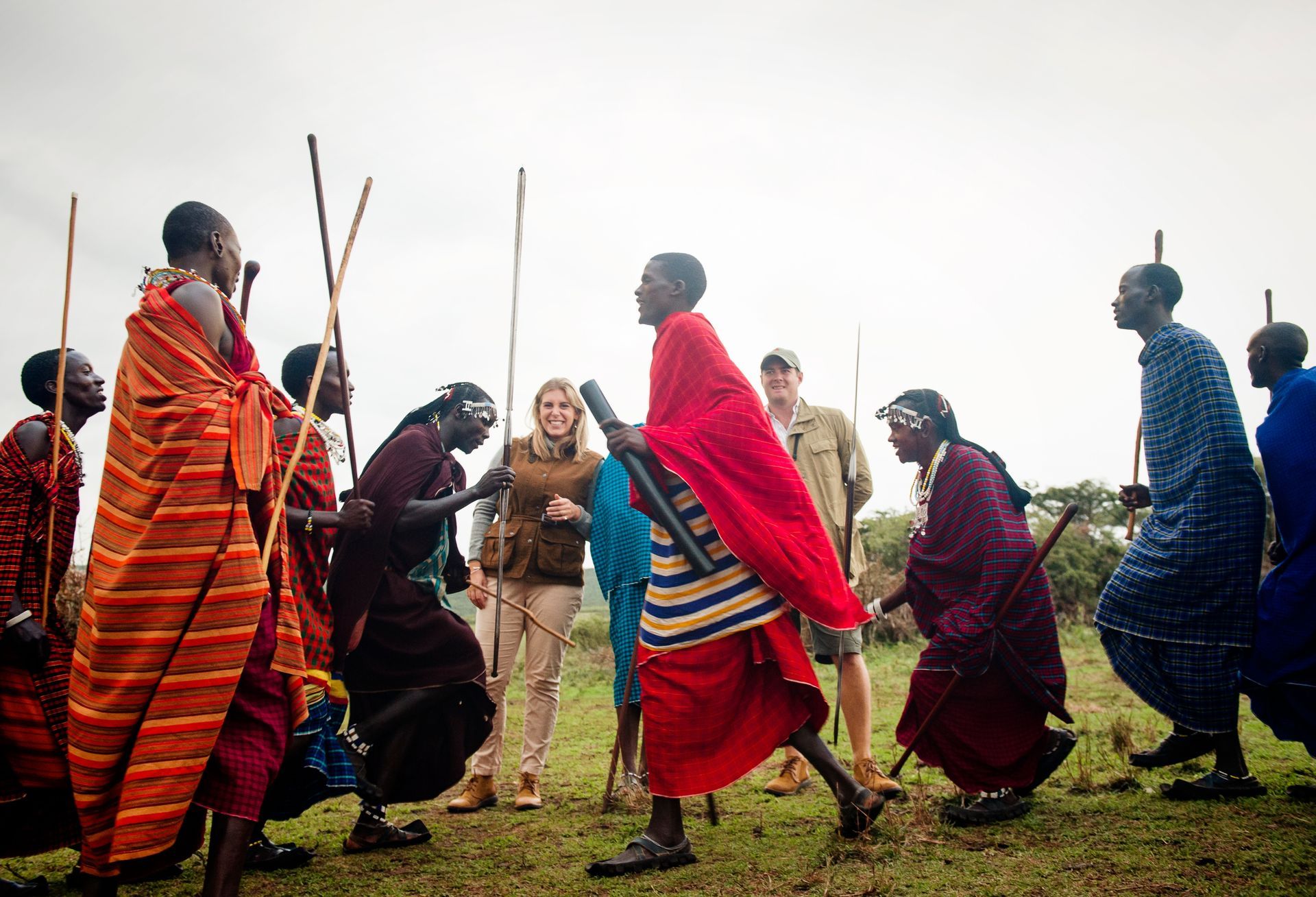Plan your migration safari
A month-by-month guide to the Great Wildebeest Migration
Every year, the Great Wildebeest Migration unfolds across the vast expanse of Tanzania's Greater Serengeti and Kenya's Masai Mara National Reserve. This natural phenomenon involves approximately 2-million wildebeest, zebra, and other antelope on a clockwise journey from the Southern Serengeti to the Masai Mara and back.
Driven by the quest for optimal grazing grounds, many animals perish due to hunger, exhaustion, and predation by lions, leopards, and other carnivores. Rivers filled with hungry crocodiles pose additional challenges, leading to an estimated 250,000 wildebeest deaths annually. Despite its dangers, the Great Wildebeest Migration remains one of the most dramatic safari experiences and lives up to its nickname of "the greatest show on Earth".
It's important to remember that the migration isn't a singular event but a continuous cycle that's entirely dependent on rainfall patterns. Although timing can be unpredictable, past observations provide insight for planning optimal safari experiences, so here is a general "rule of thumb" rundown of the migration month-by-month, to help you understand this incredible natural phenomenon and the best times to travel.
January - February
During January and February, the majority of the herd congregates on the Ndutu Plains within Tanzania's Ngorongoro Conservation Area. Here, they graze on nutrient-rich grasses and give birth to nearly 500,000 wildebeest calves. At its peak, during this time some 8,000 calves are born each day and witnessing births and predator activity is most prevalent during this period. However, if rainfall has been insufficient, the herds may scatter in search of better grazing.
March - May
As March arrives, the herds continue grazing in Ndutu and the Southern Serengeti, with calves gaining strength for the northward migration. By April, they begin to move through the Moru Kopjes and Seronera areas. May sees the migration progressing north-westward through the Central Serengeti toward the Western Corridor, coinciding with East Africa's long rainy season and sometimes challenging conditions.
June - July
In June, the herds arrive in the Western Corridor and Grumeti Game Reserve, preparing for the perilous Grumeti River crossings. Mating season courtships and rivalries ensue, leading to heightened predator activity. By late June, the herd braves the river's currents and crocodiles. Witnessing this spectacle showcases nature's raw power.
August - October
Throughout August, the herds traverse the Northern Serengeti and Kenya's Mara Triangle, crossing the Mara and Talek Rivers multiple times in search of optimal grazing. The lack of a single crossing point adds to the challenge of predicting their movements. By September, the majority of the herd arrives in the Masai Mara, marking the peak season for witnessing the migration in Kenya.
November - December
As November brings the short rains to the Southern Serengeti, the herds begin migrating southward, starting in the Northern Serengeti and progressing to the eastern regions. By December's end, the majority return to the Southern Serengeti and Ndutu Plains, ready to commence the cycle anew.
